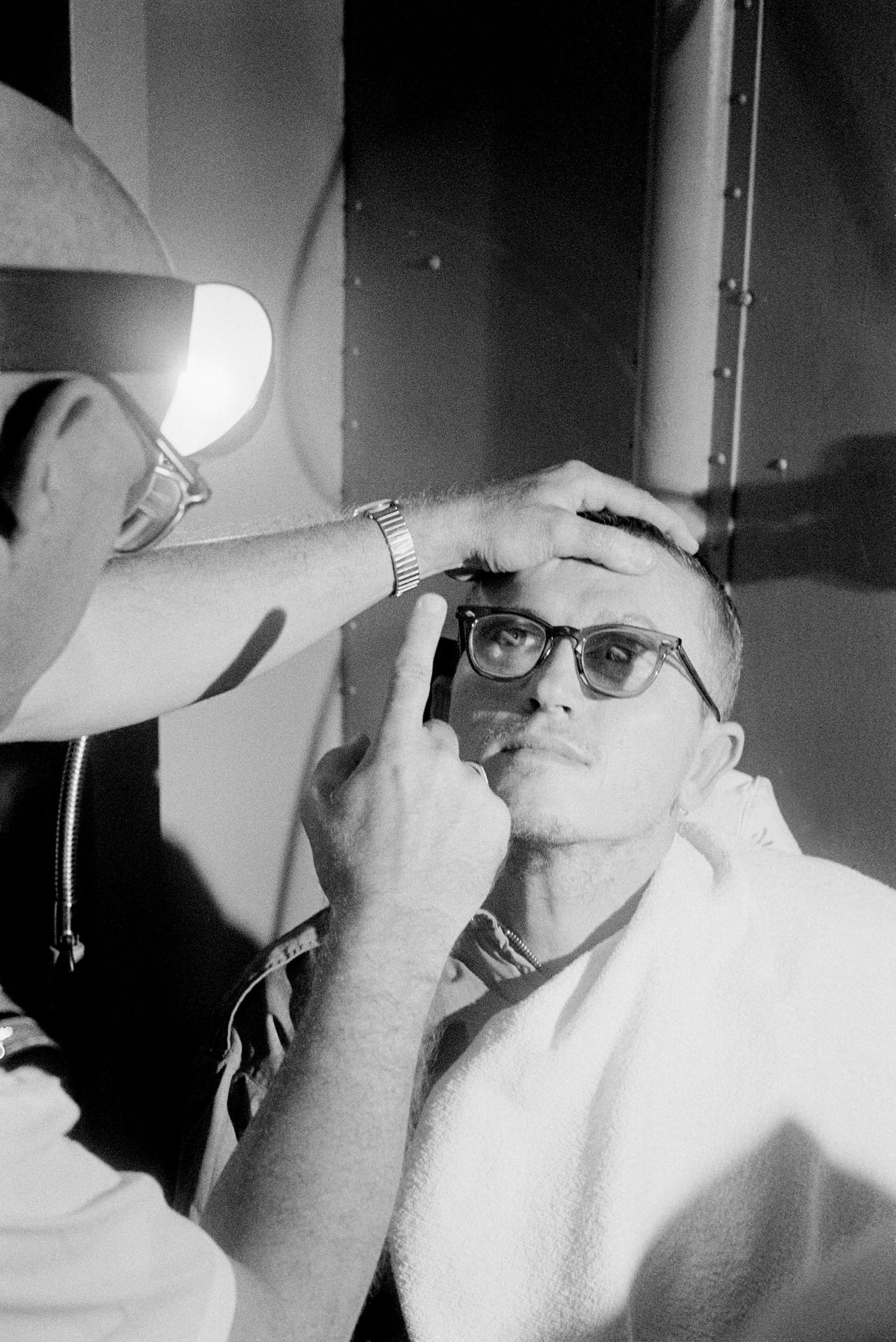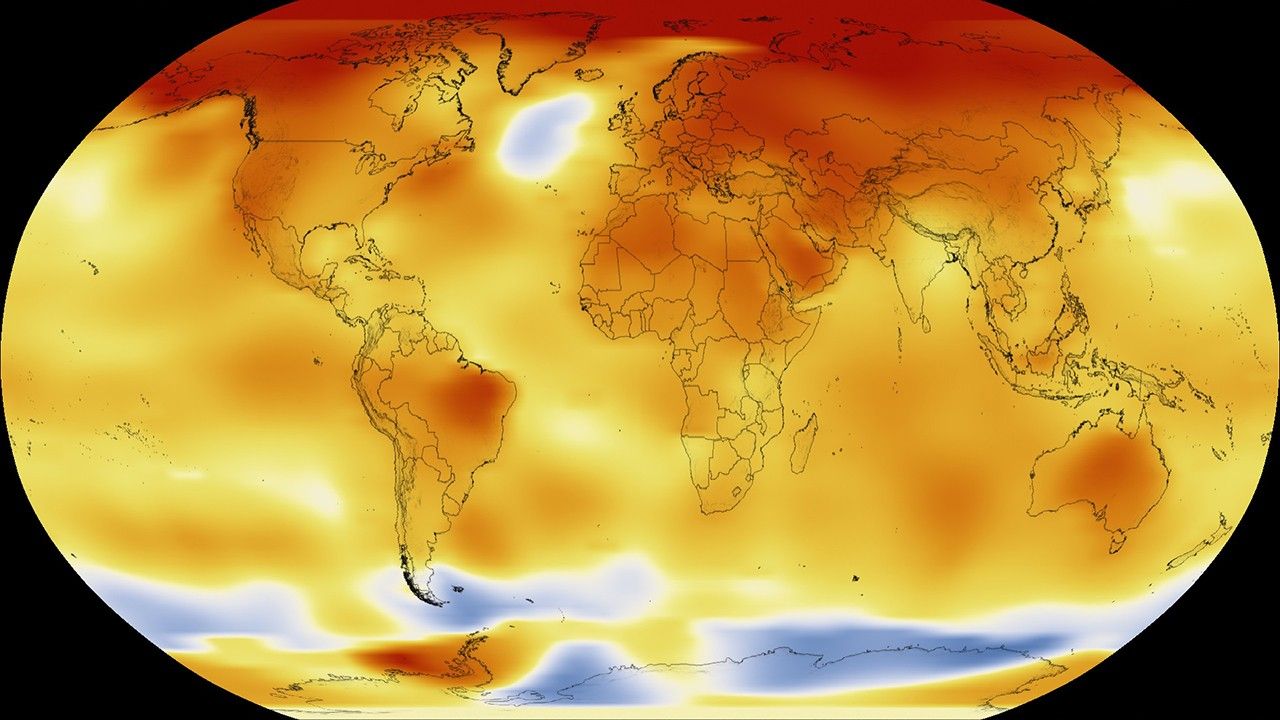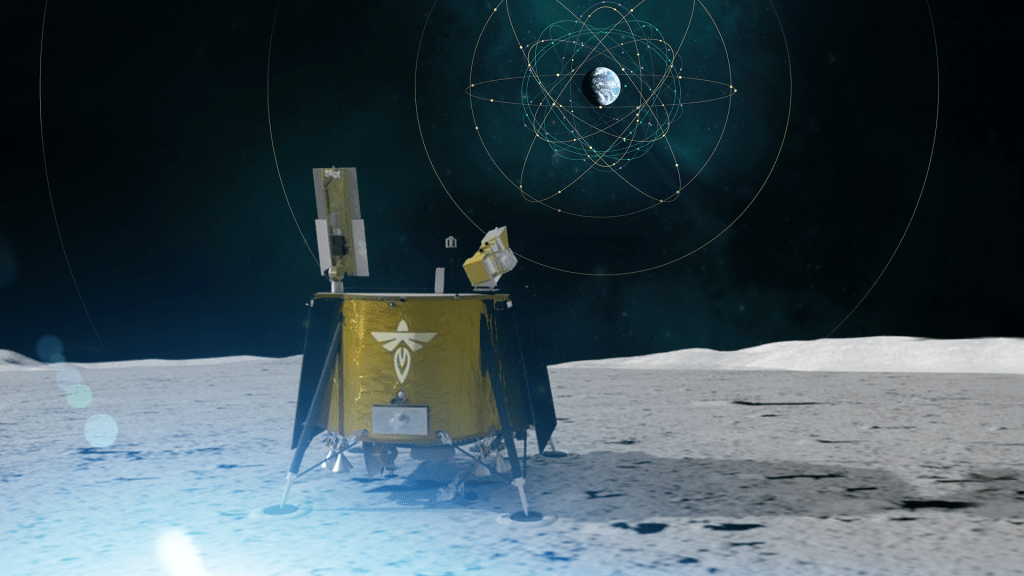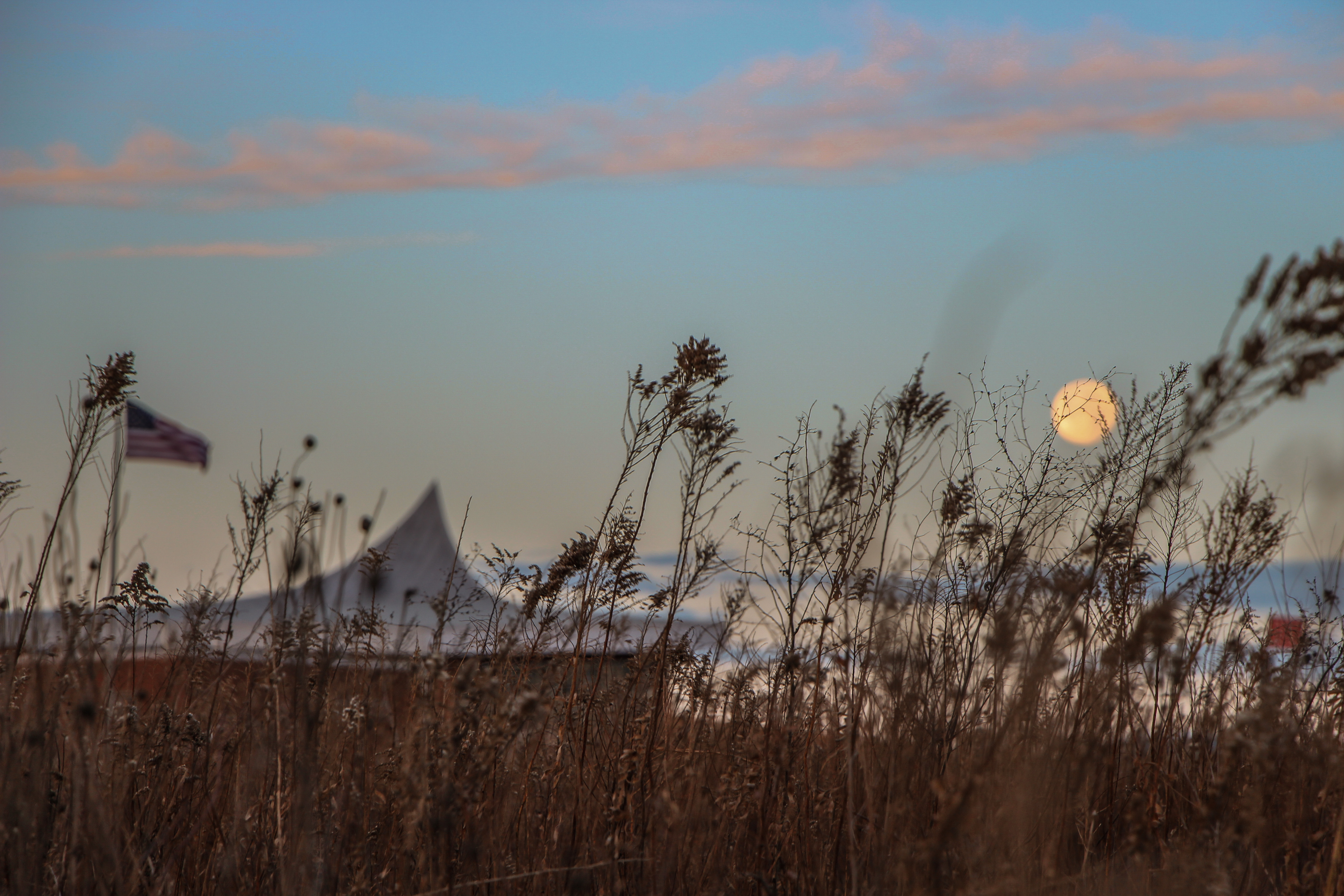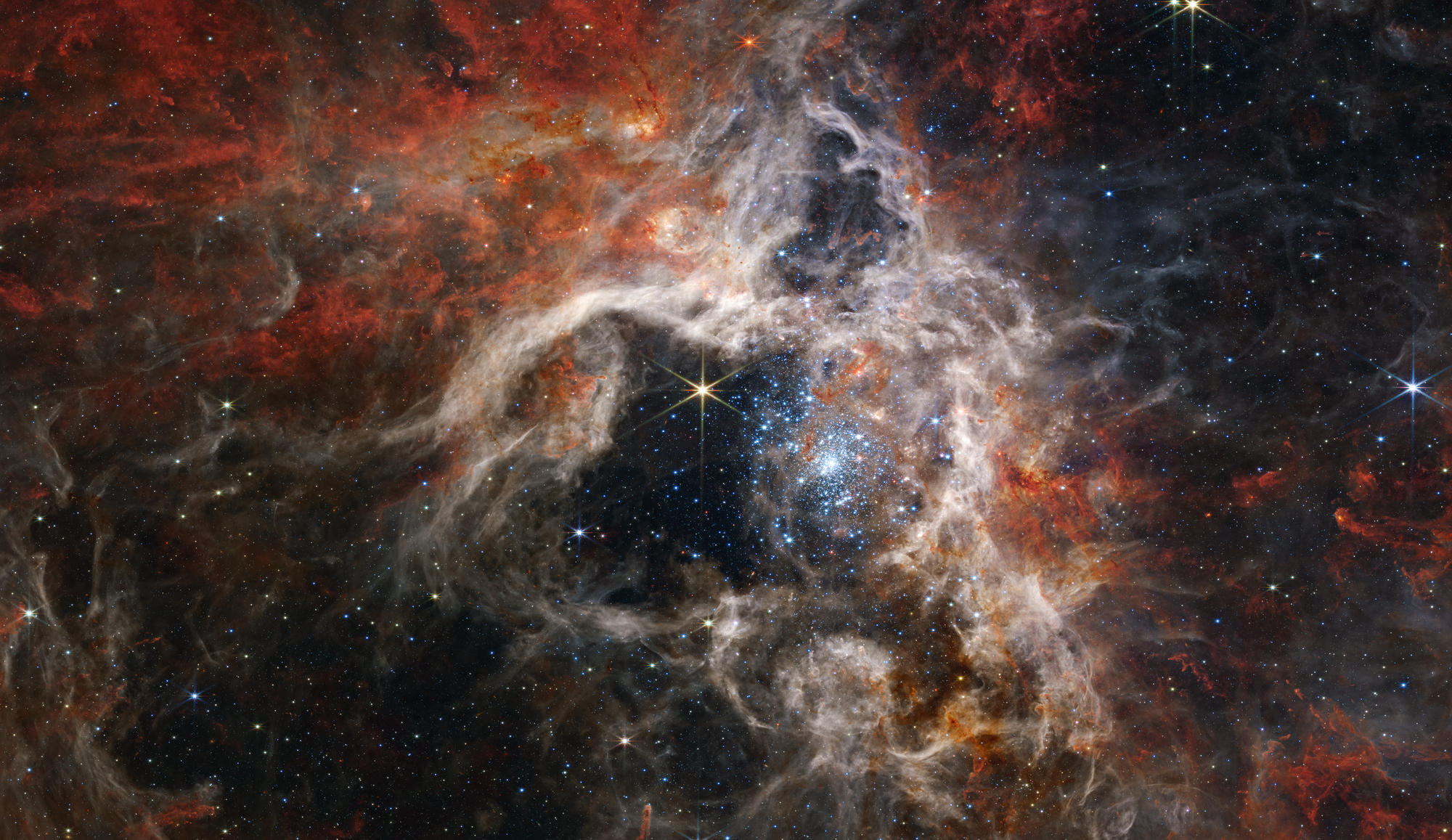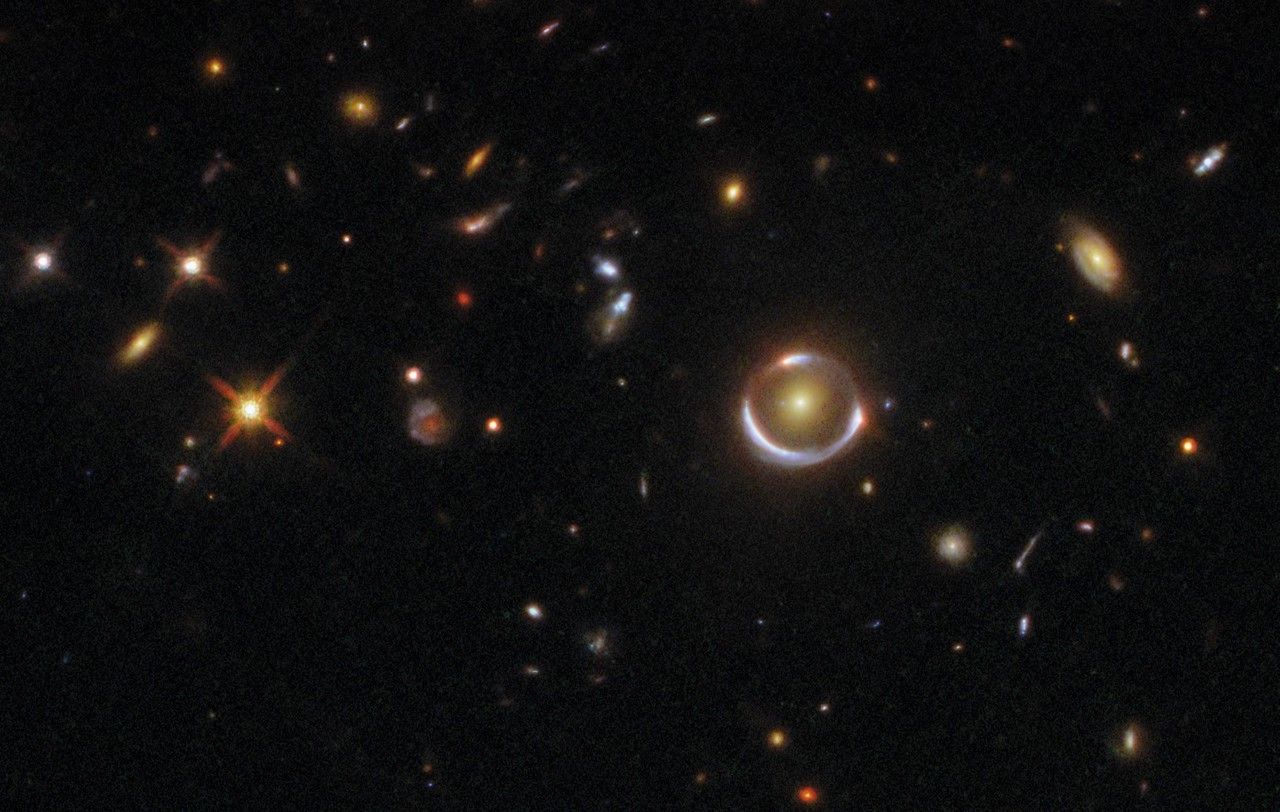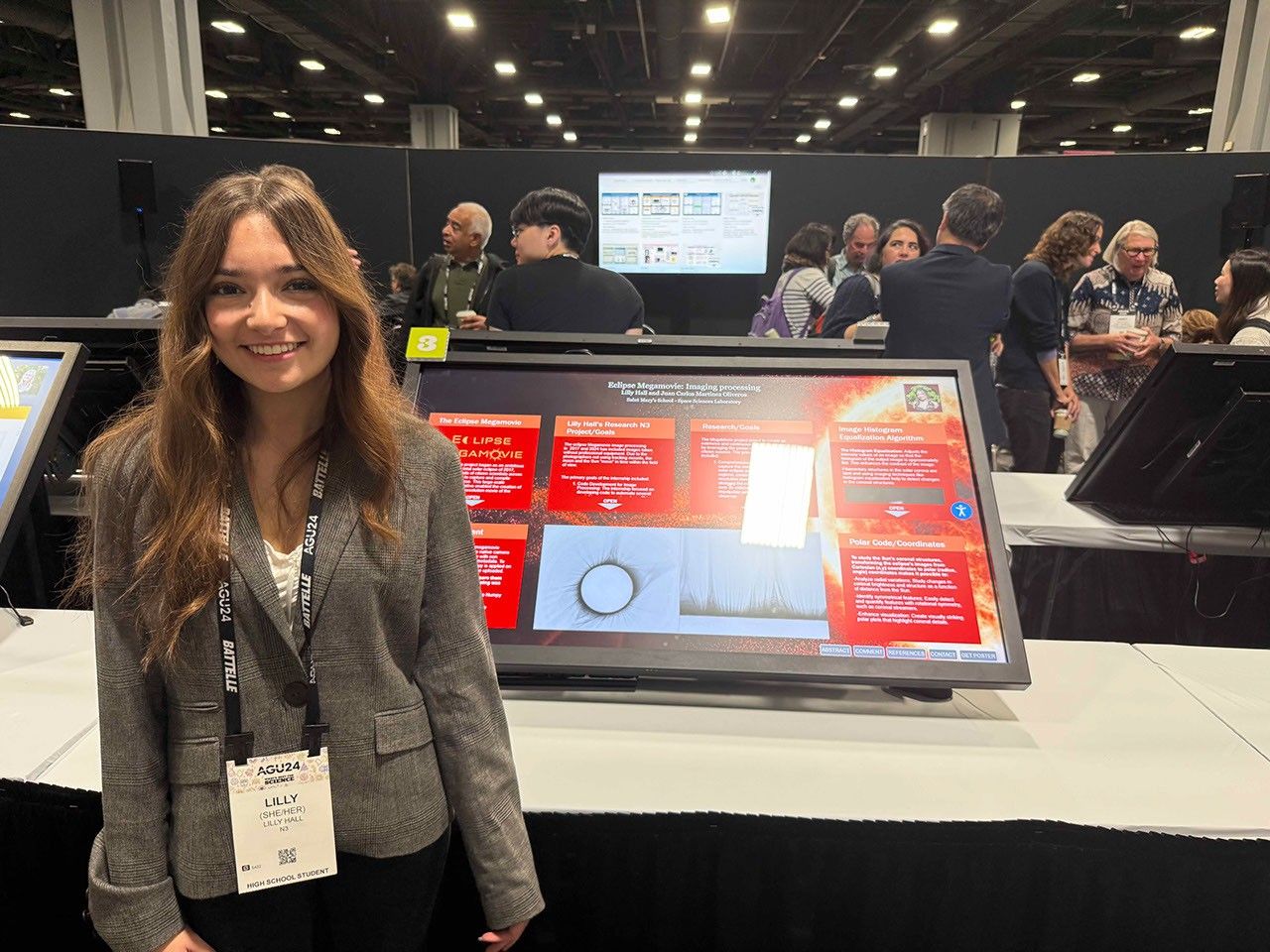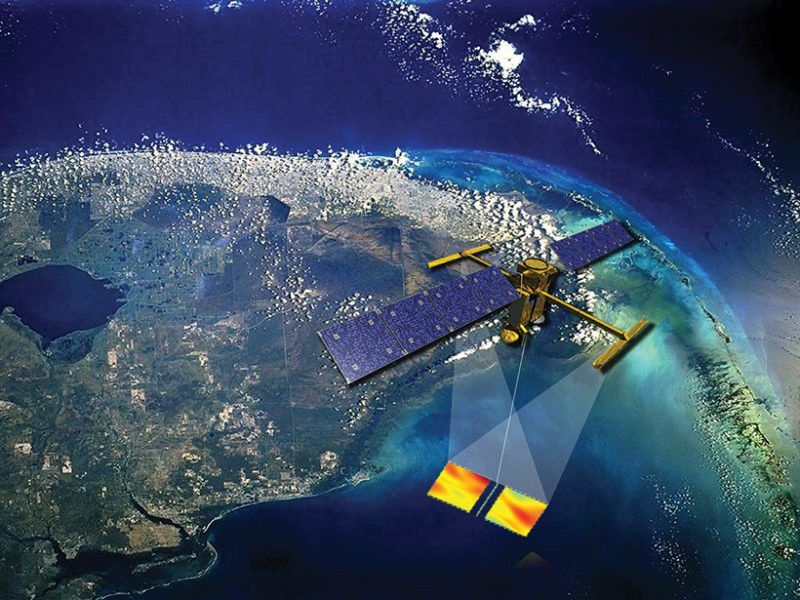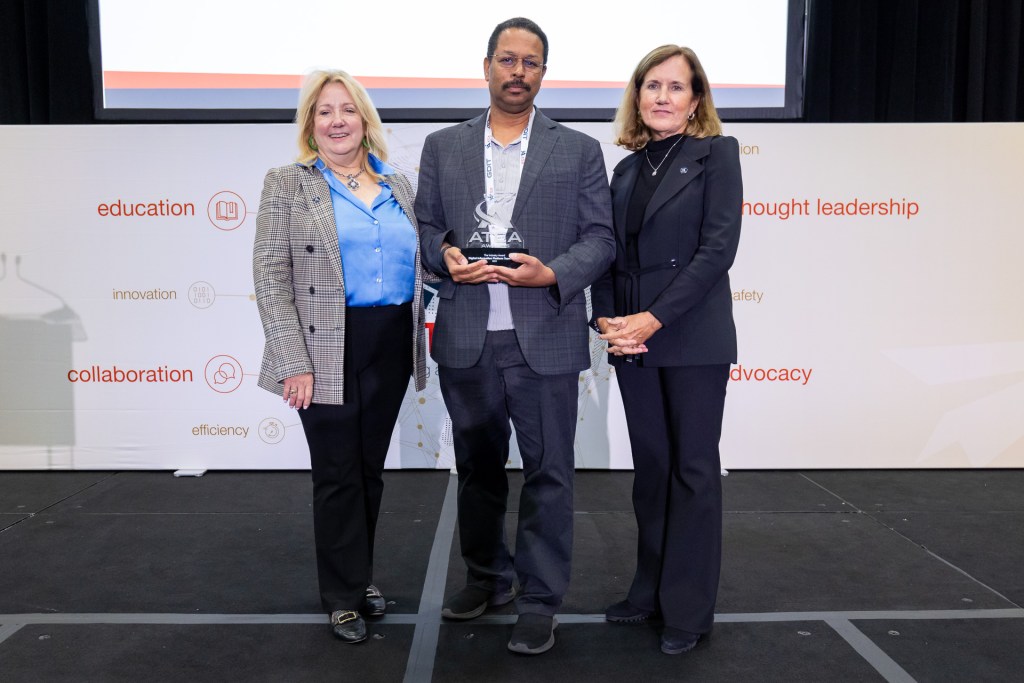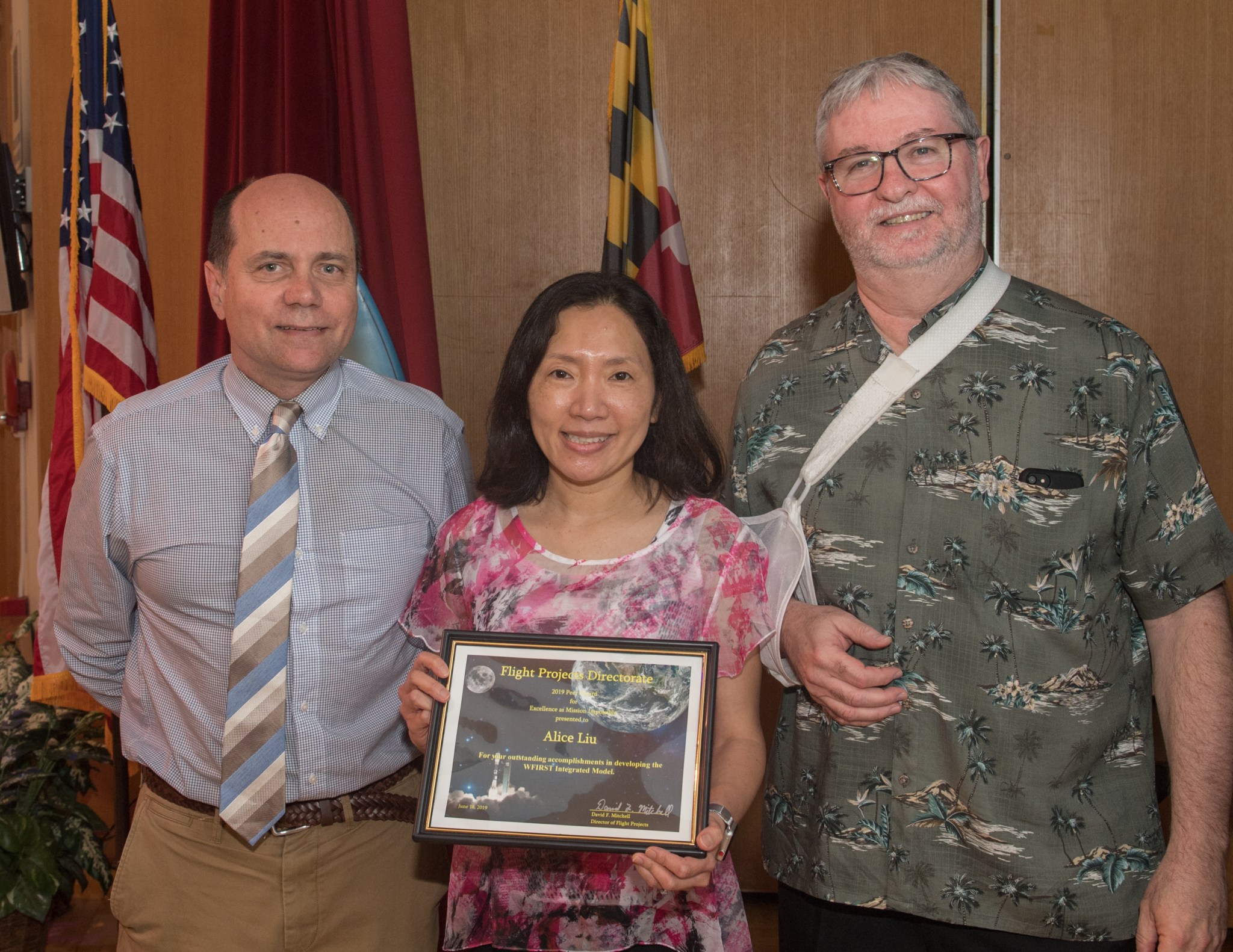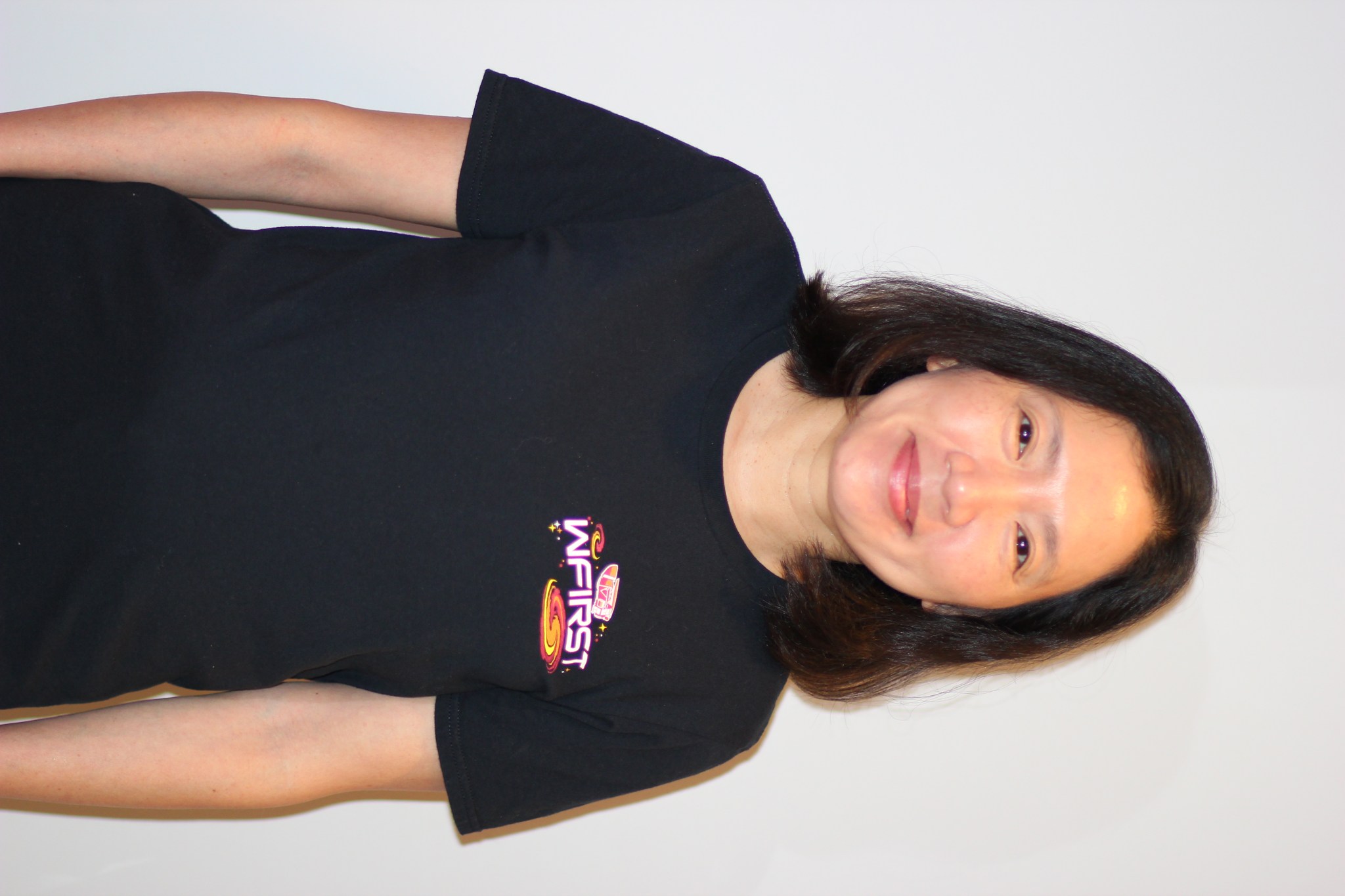Name: Alice Liu
Formal Job Classification: Aerospace engineer
Organization: Code 592, Instrument and Payload Systems Engineering Branch, Mission Engineering and Systems Analysis Division, Engineering and Technology Directorate
What do you do and what is most interesting about your role here at Goddard? How do you help support Goddard’s mission?
I am the integrated modeling and error budget lead for the Nancy Grace Roman Space Telescope. I support Goddard missions by performing multi-disciplinary, system-level analysis to verify requirements that cannot be test verified on the ground.
What is special about your childhood?
I was born in Taiwan. My family moved to the U.S. after I finished elementary school. Moving to a new country and learning a completely different language were both exciting and frightening. This experience helped me adapt to changes much more easily later in life.
Why did you become an engineer?
A lot of engineers showed an early aptitude for building or designing things, but I was not that way. I was always more into the liberal arts growing up.
Then I met my truly inspirational high school physics teacher who got me interested in math and science and convinced me that the best job is to either be a teacher or an engineer. I became really good in those subjects and decided to pursue engineering, and later on a Ph.D. I received my undergraduate degree in aerospace engineering from the University of Maryland and my Ph.D. from MIT.
How did you come to Goddard?
Two people from Goddard came to MIT and helped me discover Goddard as one of the best places to work in the space community. One is the current Goddard chief engineer, Tupper Hyde, who also attended MIT a little before me. The other person is Frank Bauer, now retired, who managed aerospace engineers at Goddard.
What makes Goddard special?
At Goddard, if you want to get something done, you can. If you want to make things happen, you can always find the right people to help and work with you. The ability to make things happen applies from cleaning test facilities with student interns to writing code for spacecraft. Everybody pitches in and works as a team to get the job done.
Since Goddard has so many different projects available, there are always different challenges waiting for us. I love working with different people solving technical problems. At Goddard, I get to do this every day.
What missions have you worked on?
I worked on the Solar Dynamic Observatory, Lunar Reconnaissance Orbiter, Global Precipitation Mission, Landsat 8 with Thermal Infrared Sensor, Neutron star Interior Composition Explorer (NICER) and now the Nancy Grace Roman Space Telescope.
My specialty is addressing jitter-related issues for various missions. When the mechanisms move on the spacecraft, it puts a disturbance into the spacecraft and instrument. It is like tapping a structure with a tiny hammer, causing vibrations on the structure that propagates through the entire observatory. The optical components or mirrors then shake slightly and causes image blur.
We model the disturbances caused by the mechanisms, structural micro-motions and their impacts on the instrument performance.
How have your responsibilities increased over the years?
I started as a project analyst. Over time, I became the lead analyst, the product development lead, the guidance and navigation controls systems engineer, the pointing system lead and now the integrated modeling lead for a NASA flagship mission, Roman.
What is your role as the integrated modeling lead for Roman?
I lead engineers from different disciplines to perform system-level analyses that support mission requirement verification, design trades and ensure analysis models are verified and validated to predict how Roman performs on-orbit. My team and I get to tackle a wide range of problems on the project.
How do you facilitate mentoring at Goddard?
Over the years, I have requested summer and winter interns from flight projects as much as possible and have mentored more than 25 students from various institutions. I also facilitate an MIT externship program at Goddard by helping MIT alumni at Goddard find and work with MIT undergraduate students over their four-week winter break.
What one piece of advice to you tell your students?
Ask for what you want to do. Rather than waiting for people to offer you opportunities, it is better for you to let them know what you want to do.
Volunteer to take on new things, to explore and find out what you are really good at doing, what you should be doing, what will make you happy.
Your high school physics teacher wanted you to become an engineer or a teacher. You are an engineer and a mentor. Are you also a teacher?
For fun, I am teaching a bilingual class for the Howard County Chinese School every Sunday. I teach Mandarin to native-English speaking children.
What do you do to relax?
I like taking walks, playing table tennis, and watching TV shows and movies with my family.
What is your “six-word memoir”? A six-word memoir describes something in just six words.
Do things that make you happy.
By Elizabeth M. Jarrell
NASA’s Goddard Space Flight Center, Greenbelt, Maryland
Conversations With Goddard is a collection of question and answer profiles highlighting the breadth and depth of NASA’s Goddard Space Flight Center’s talented and diverse workforce. The Conversations have been published twice a month on average since May 2011. Read past editions on Goddard’s “Our People” webpage.





